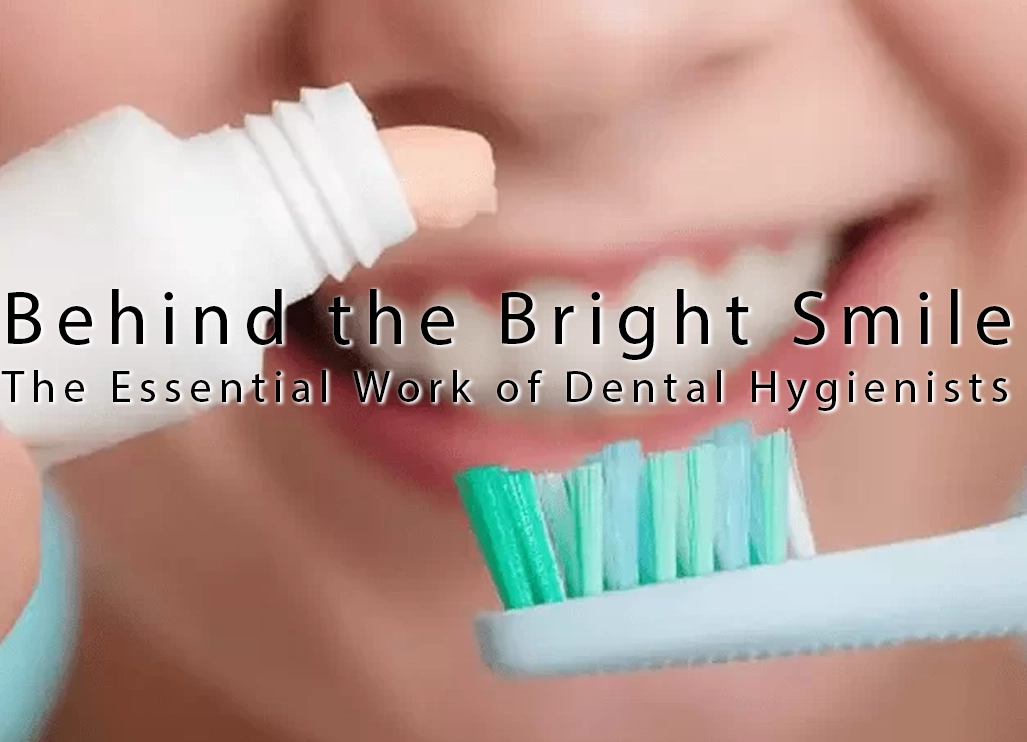Although this seems like an obvious question to answer, many people don’t brush their teeth well enough to maintain dental health. We hope to give you some helpful tips with this article.
Why is Brushing My Teeth Effectively Important?
Like many things in life, we often don’t appreciate our teeth until we start to lose them! Not only the cosmetics of a nice smile, but also functionally, such as chewing (and digesting) food and assisting with speaking. Teeth also play a key role in maintaining the structure and shape of our faces. Taking all of this into account, it is understandable that your teeth need the best care possible.
If teeth and gums aren’t brushed to a good standard it can lead to two common problems.
Tooth Decay
Tooth decay is damage to the structure of your tooth resulting in discomfort. Once tooth decay has occurred you may need fillings/crowns/root canal treatment. Inadequate tooth brushing can also be detrimental to your gum health.
Gum disease
Failure to brush your teeth effectively can cause gum disease. This can often go unnoticed by patients until it is too late to save the teeth. Gum disease in the early stages is reversible with regular check-ups and cleaning appointments. If gum disease is left untreated, it can lead to periodontitis which destroys the bone around your tooth that holds the tooth in place and, in some cases, loose teeth leading to tooth loss.
How Often Should I Brush My Teeth?
You should be brushing your teeth at least twice a day; at night and one other time during the day. It is important to brush all surfaces of your teeth and along your gum line. Use a soft-bristled toothbrush that can fit in your mouth with ease. This toothbrush should be replaced every three months or when the bristles splay.
Angle the toothbrush towards your gum line and use short circular strokes to brush your teeth. This process should take you at least two minutes to complete. Once you have brushed your teeth it is important to spit and not rinse with water. This will help maintain the topical benefits of the toothpaste that prevent decay and gum disease.
How to Brush Teeth Effectively (Applies to both Manual & Electric Brushes)
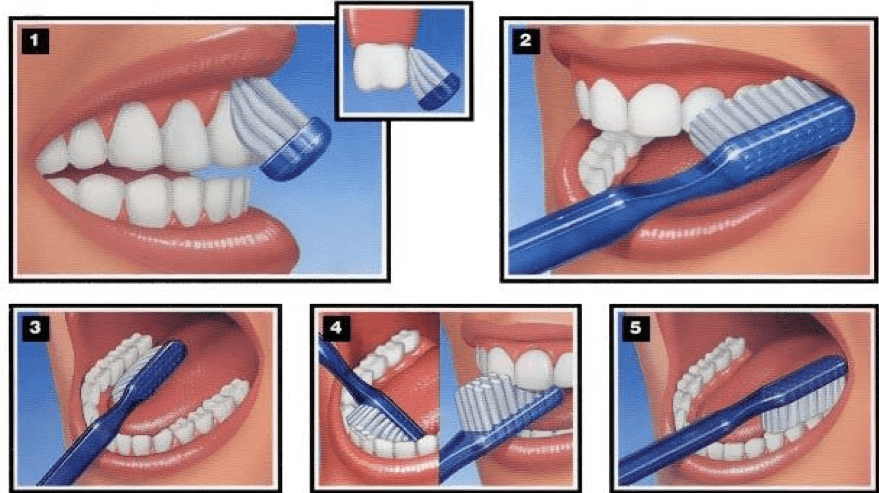
How to Brush Your Back Teeth Effectively
Brushing the back teeth (molars and premolars) effectively is essential for good oral hygiene as these teeth are often prone to cavities and decay. As can be seen in images 3 and 5 above, make a conscious effort to clean the back teeth. Take care to brush the outside of your back teeth (between your cheek and tooth) as this is a common area for tooth decay due to a lack of effective cleaning.
Some people find electric toothbrushes more effective at cleaning hard-to-reach areas, including the back teeth, you can view more information about this below.
Should I use an electric or manual toothbrush?
Evidence suggests an oscillating rotating toothbrush provides superior plaque and food particles removal to a standard manual toothbrush. Additionally, as an electric toothbrush provides the correct brushing action for you, they are often easier to use than a manual toothbrush- all you need to do is guide the toothbrush.
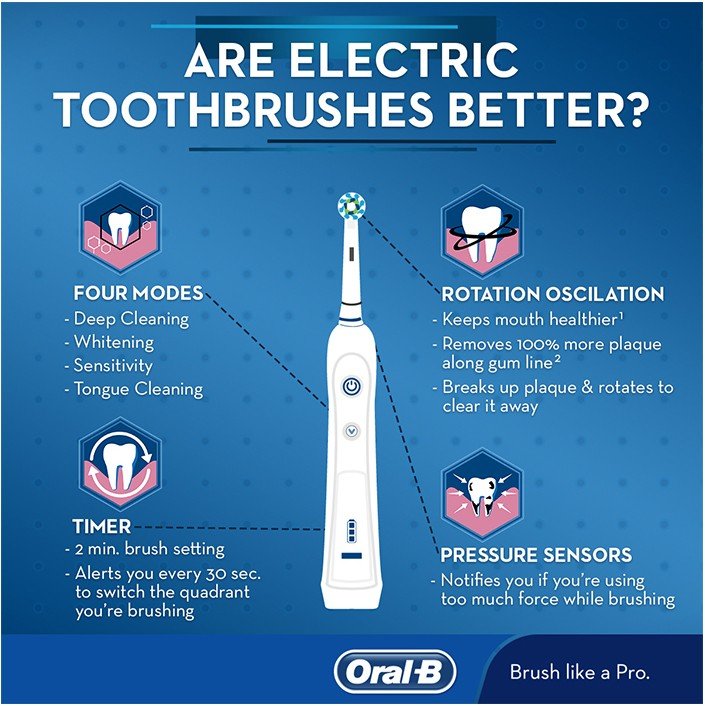
Should I Use Dental Floss?
Dental floss is a thin thread designed to remove plaque in places where a toothbrush cannot easily reach. Dental plaque is food build up in between your teeth and along your gum line. Floss will aid in the removal of plaque from in between your teeth and along your gum line. Plaque build-up can lead to tooth decay and gum disease, therefore flossing at least once a day is highly recommended.

Break off 12-18 inches of floss and manipulate with thumb and index finger. Gently glide the floss in between the teeth. As the floss reaches your gum curve the floss across the tooth to form a ‘C’ shape. Repeat these steps for each tooth.
Should I Use Interdental Brushes?
Like floss, interdental brushes are designed to remove dental plaque and food particles from in between your teeth. Interdental brushes have small bristled heads and come in a range of sizes suited for spaces that are too wide for floss. Aim to clean between your teeth with the interdental brushes at least once a day to prevent tooth decay and gum disease. It is important to note slight bleeding gums when starting with the brushes or floss is normal. Over the week when all the build-up has been removed between your teeth, the bleeding should stop. If bleeding persists for several days contact your dentist or dental care professional and they can check if you are using the brushes correctly or if you need a different sized brush.
How to Use Interdental Brushes
Insert the interdental brush gently between your teeth; it should fit comfortably in the gap, if it feels too tight don’t force it through, try a smaller size.
Different spaces in your teeth may require different sized interdental brushes. Please refer to the size chart below.
If you have any questions related to the use of interdental brushes, please contact your dentist.
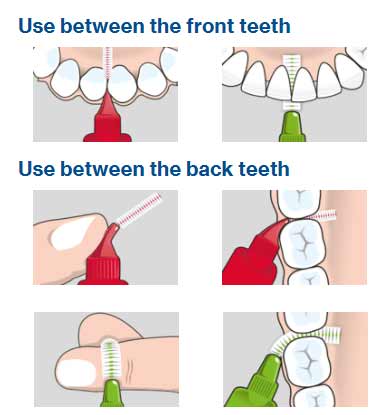
TePe Interdental Brush Size Chart
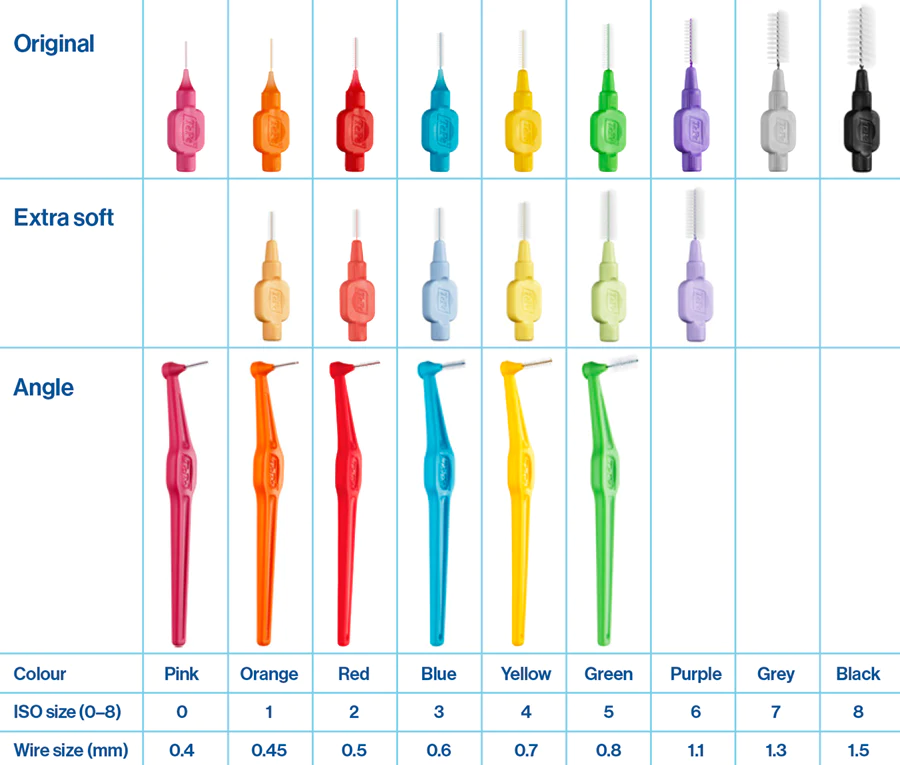
Important note:
This chart refers to the brand TePe, some other brands of interdental brushes have different colours for different sizing.
Please contact your dentist, or the interdental brush company to confirm sizes if you are unsure. Many brands will offer a “sample kit” to find the correct sizes for you.
Often patients will require more than one sizes.
You can find more information on finding the correct sizes here, on TePe’s website.
-
What If Interdental Brushes Cause Bleeding?
It is common for the gums to bleed when first starting to use interdental brushes, this may be due to the gums being tender as plaque is removed.
If you are experiencing bleeding when using interdental brushes, it is recommended to make an appointment with your dentist.
Bleeding gums is a sign of gum disease, so it is important this is checked over by a dentist. Keep in mind this is not always the case – it may just be due to your teeth being cleaned more thoroughly than before.
-
How Often Should I Change Interdental Brushes?
Interdental brushes can be reused.
It is important to keep interdental brushes clean and stored in the correct casing (often provided in the packet). Interdental brushes tend to wear out from 1-2 weeks, however generally it is advised to change them weekly if using them daily.
If the wire inside interdental brushes becomes bent or out of shape, it is recommended to change the brush.
Make sure to visually check the condition of your interdental brushes before each use.
How Can I Treat Gum Disease?
As always, ask your dentist for advice. We have two options for patients seeking gum disease treatment
Periodontal Treatment with Dr Stamatios Kioufis our Dentist With a Special Interest in Periodontal Treatment.
Book an appointment with our Dental hygienist.
